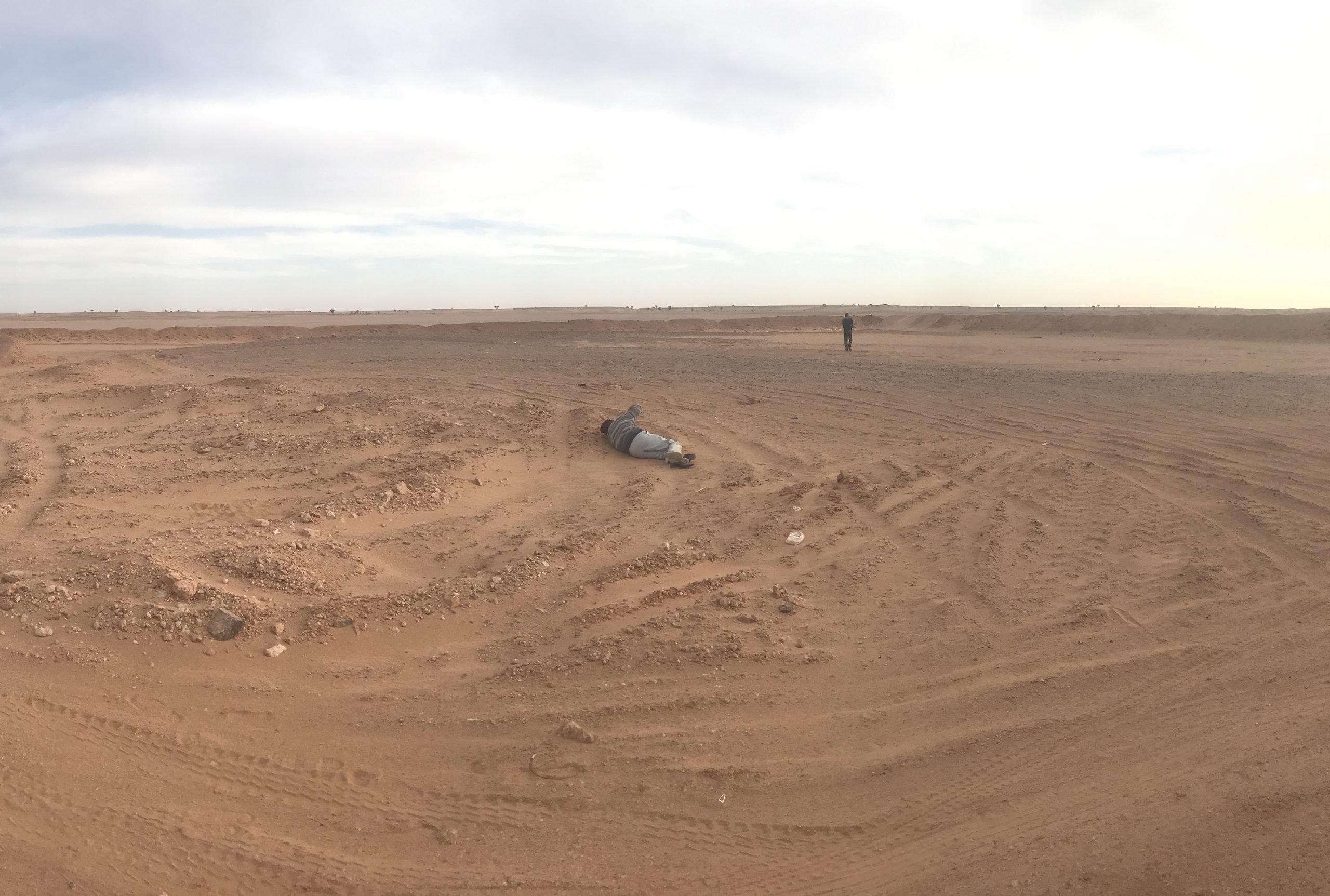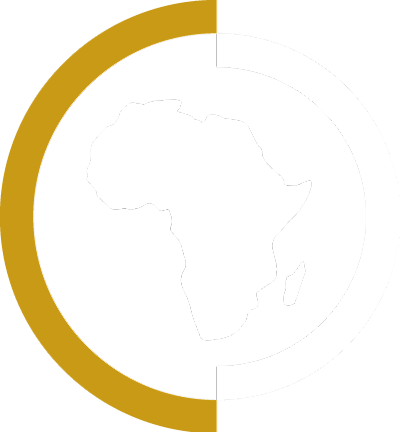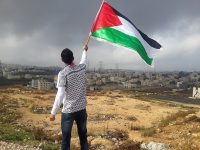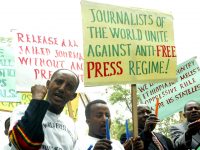On 29th November 1947, by Resolution 181, the UN General Assembly (UNGA) adopted the Partition…

Sahara Desert, on the route of death where migrants lose their life chasing Europe
North-Eastern Sahara. External day. The desert is blinding, inhospitable, hostile.
Our journey in the footsteps of migrants from Sudan starts here; across the expanses of desert that stretch to Libya and Egypt in order to reach the coast and embark on a boat to Europe.
A Europe which for millions of people still represents the bulwark of respect for human rights and hospitality and whose legal basis, printed in Articles 79 and 80 of the EU Labor Treaty, establishes a balanced, far-sighted and comprehensive approach to migration policies.
Solidarity as a guiding principle, at least in the intentions of the founding fathers.
An objective that remains fundamental for the EU, but which does not find all member states in agreement.
Yet the new pressing emergency, just outside the south of the continent, cannot be ignored.
Especially today when routes considered ‘closed’, thanks to agreements not always respectful of human rights, do not consider the flow of thousands of desperate people on the Mediterranean coasts.
An escape route through the desert
We undertook the same route to recount the journey of migrants whose dream of Europe is a hard and exhausting odyssey, but our trip was in safety.
On well-equipped jeeps, enough gas to cover two times the distance that we had to travel, and enough water and food to feed all of us twice over.
The ‘other journey’ is much different; the desperate flight of thousands of people escaping from the horrors of war, ethnic cleansing, abject poverty – which has become worse with the economic crisis due to the COVID-19 pandemic – and the devastating famine that is a constant way of life in many African countries on the edge of survival.
The Libyan Desert, also known as the “Great Sea of Sand“, is located in the northern and eastern part of the Sahara and occupies southwestern Egypt, eastern Libya and northwestern Sudan, extending for 1,000 km from north to south and 1,100 km from east to west.
The certain dangers and risks of the journey
Finding your way in the desert is very difficult. The enormous expanse of sand that extends as far as and beyond what the eye can see makes you lose your sense of distance and size.
The light pierces your eyes like a dagger preventing you from focusing on one spot for more than a few seconds and a sense of confusion creeps into your mind, already foggy by the heat.
When darkness falls, the night becomes a nightmare and temporal and spatial disorientation prevails, amplifying fear and uncertainty.
The trek is always slow and difficult. It takes a long time to cover a short distance.
The journey across the deserts, the Sahara as well as the Sinai Peninsula, is the only alternative for an immense number of desperate people. The hopes of a future for a multitude of people trying to reach Europe.
Those of us who enter the arid desert lands between Egypt and Sudan to experience a few hours of adventure, with a packed lunch, has an incredible, unforgettable experience. But if you have to cross them as an escape route, traveling for kilometers on makeshift transportation and long tracts on foot through shrubs, on boiling hot sand and across rough terrain with the hope of crossing a border that might grant a life of dignity, is another story all together.
All it takes is a moment to find yourself on the ground, wounded, your leg lacerated, bleeding from a fracture. And your journey stops there.
Stories of those who made it and those who did not
Esam Elhabi, who lost his best friend during his journey, knows this all too well.
A 35-year-old driver, from the Fur ethnic group, born and raised in Sudan, Esam decided to flee from the conflict in the Western Sudan region of Darfur which occurred when he was only 18.
Two years of horror he has never forgotten.
Esam is good-looking. He is tall, muscular, his colors are more Arabic than African. In Cairo, where he arrived in 2006 with very little money but a lot of determination, this is a good calling card.
Thanks to his good knowledge of English, he immediately found a job as a driver for a tour operator.
He is my guide on the “Way of the Migrants” from Sub Saharan Africa that we make along with a security officer (a necessary measure to avoid misadventures) in order to tell the stories of the migratory fluxes that flock to the West.
“I know I’m lucky. I survived,” says Esam with profound sadness in his eyes as he thinks of all those who didn’t make it through the dangerous journey across the desert and paid the consequences.
Some with their lives, others with violence beyond description and endless suffering.
Like the pain that accompanies Mariam K who has long dark hair and the bold beauty of a twenty-year-old that a Toub, the typical Sudanese dress for women she wore when she left Kassala, her hometown, could not hide.
Women, predestined victims of rape
“There were six of us when we left Dongola. The driver was a Sudanese Arab,” she tells us in the detention center just outside Qalyubia. “He wanted to be paid in advance. Two hundred dollars each. He left us in an oasis in the desert area of Bir Tawil and told us that another driver would arrive right away to continue the journey. But that night, two men on camels arrived demanding us to pay if we wanted to stay in the oasis for the night. I didn’t have any more money. They isolated me from the group, and none of them, who had looked on me suspiciously from the beginning because I was a woman travelling alone, did anything to stop them. While one of the two continued the bargaining, the other one dragged me to a run-down tent and raped me. When he finished, he told me that if I didn’t put up a fuss and agreed to be his sexual slave during the journey, he would take me to Tripoli. I was distraught but had no other choice than to accept”.
The flow of words stops.
Mariam cannot go further.
Amelie, a cooperator and psychologist who works in the field, continues for her.
“The other man also wanted payment for the “passage” towards salvation. Or at least she thought that’s what it was going to be. Instead, it was just the beginning of more horror. Mariam ended up in the hands of the Egyptian Border Police and was taken to a room in a rundown structure at a checkpoint where there were half a dozen police officers. They took turns raping her, more than once. All of them. She couldn’t even walk when they released her. At the immigration office where she found the courage to present herself, she tried to report the police officers but all she got was a rejection to her application for asylum,” adds Amelie, who supports and psychologically helps women victims of gender violence.
There are thousands of others women like Mariam who suffer the same fate. Especially young women.
A report carried out in 2019 by Amnesty International showed that 80% of young women who cross the border illegally from Sudan into Egypt are victims of sexual assault.
“This is approximative data. There could be more. Traces of many others are lost,” report human rights activists that have gathered data on the phenomenon.
An uninterrupted flow without a future
Despite the risks, the percentage of woman who try to cross the border is high.
Yet, for them, like everyone else who attempts to cross the border, the chances of making it remains very low.
“The entire area of Southern Egypt, near the border with Sudan, is a black hole: the arrests that take place there don’t even fall into official statistics,” claims Paolo Cuttitta of Vrije Universiteit in Amsterdam who wrote a detailed report on the situation of migrants that reach Egypt and then try to enter Europe.
The researcher stresses how the conditions of asylum seekers and the limited operational powers of international and non-governmental humanitarian agencies prevent all respect for and protection of human rights.
“None of the centers are accessible; it is a no-go area,” he writes in his analysis for ADIF, Associazione Diritti e Frontiere (Association for Human Rights and Borders) underlining how, “regardless of the location of detention, many repatriations are in blatant breach of the principle of non-refoulement such as the case of three Syrians returned to Damascus in January 2018 and any Ethiopian citizen of the Oromo ethnic group who are systematically persecuted in their country of origin.”
Illegal expulsions of refugees
Many people of various nationalities are regularly rejected at Egyptian checkpoints that border with Sudan, a transit country not only for most Africans but also for Syrians who have the right to refugee status. Ever since Egypt and other countries in the area – except for Sudan – have imposed visa requirements for Syrian nationals, crossing the border with Sudan is the only route possible.
Despite the increased security measures and limitations, many don’t give up, especially those who have already faced long journeys from Middle Eastern countries like Syria and Iraq.
They camp along the border waiting for the right moment to try and cross the last part of the desert, even though they are aware of the risk of unscrupulous human traffickers.
“Human smuggling” and organ trafficking
Day after day, thousands of people try to circumvent the strict border controls by using a route that extends for kilometers, defying exhaustion from heat and fatigue.
A dangerous escape route where heavily armed gangs of criminals and groups of Jihadists seek to “round off” the profits of their illegal trades by stealing what little money the desperate refugees have saved up to pay for their “safe passage” to the West.
Kidnapping is a business that, despite measures taken, especially on the Sinai, remains quite profitable.
According to estimates by the International Organization for Migration, the average annual income for human trafficking is about $50 million dollars.
“Human smuggling” is based on the “taxes” required for the “transit” and whoever doesn’t have enough money is kidnapped and their families are asked for ransom.
“We were robbed. I don’t know what happened to the other people I was travelling with. I lost everything. I will return to Chad. I will return home.” This is the desperate outburst of Adam, 25 years old, who left with his brother and two friends of whom he lost all traces halfway through their journey while they were trying to escape from a group of armed men.
Amir tells the same story. He left Aleppo in Syria where he lived with his wife and three children until the city was completely destroyed. They don’t have a home to go back to.
“All we have now is our faith in Allah” says . “There’s nothing else for us in this journey”.
Kidnapping for a ransom is not the only risk.
It has been proven that in some cases “missing persons” are victims of slave trading or organ removal. Since 2016, thousands of horribly mutilated bodies – what animals left of them – have been found without corneas and their abdomens slashed open.
Over 1700 people disappeared in the desert
A joint UNHCR – Mixed Migration Center report published earlier this year found that around 1750 people, who left West and North Africa, went missing and presumably died on the crossings between Libya and Egypt.
An average of at least 72 deaths per month.
The peak was in May 2020 when at least 85 deaths were recorded along land routes, including 30 people killed by traffickers in Mizdah, Libya.
And it is likely, the reports note, that many other deaths have not been recorded.
UNHCR and MMC highlight extrajudicial killings, being left to die in the desert, torture for ransom, gender-based violence and exploitation, forced marriages, and other serious human rights violations, are among the dangers faced by people who from the Middle East, the Horn of Africa and West Africa travel through North Africa. In some key locations, the risks are even higher and refugees and migrants can fall victim to multiple actors along the way.
Other significant data, according to the survey, is in regards to gender-based violence whose main perpetrators are human traffickers but also law enforcement and security forces, border police and immigration officials. Criminal gangs and smugglers, who often operate under the protection of armed groups, are also responsible for this and other abuses.
The impossible challenge that forces people to give up
“It is much more violent now. there mare more weapons and the risks for migrants have risen” says Abdel, an aid worker for an international NGO that lends assistance to refugees in 15 detention centers on the edges of the Libyan desert. “Those who put themselves through this are doing it to survive. They have nothing to lose and are willing to take the risks” he adds.
The desert is the last obstacle for migrants trying to reach the coasts where they hope to find passage for the crossing to Italy or Greece.
Most of them are swallowed up by it.
From the Sinai to the Sahara, the exodus of millions of desperate people ends when they are snapped up by human traffickers, Jihadists and tribes.
The “forgotten” dead exceed in number those who disappear in the Mediterranean as revealed by the distressing stories of survivors.
Human beings seeking a better future from the misery and abuse they were fleeing who lost their dignity first, then hope and finally their lives on the borders between Egypt, Sudan and Libya.
Author’s note: The names of some people I interviewed, as well as the names of some of the organizations they represent, have been left out. This is due to reasons of security and confidentiality and almost always by the explicit request of the interviewees.





